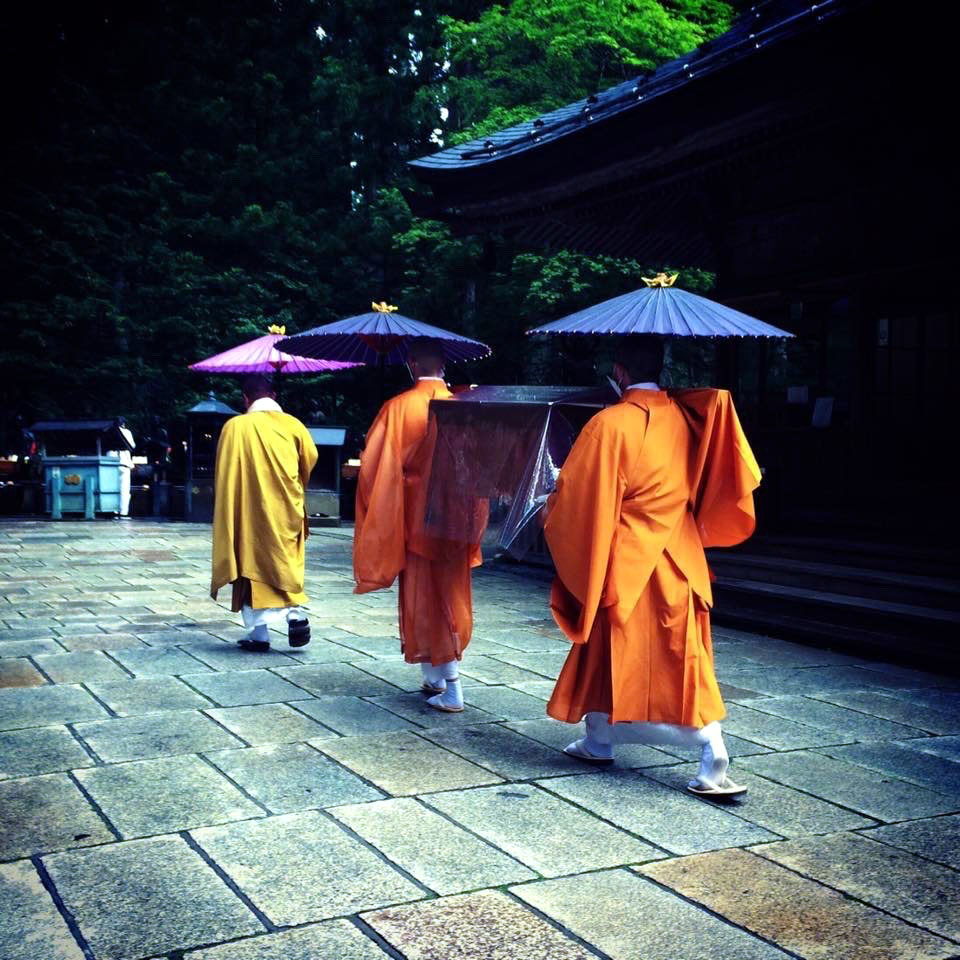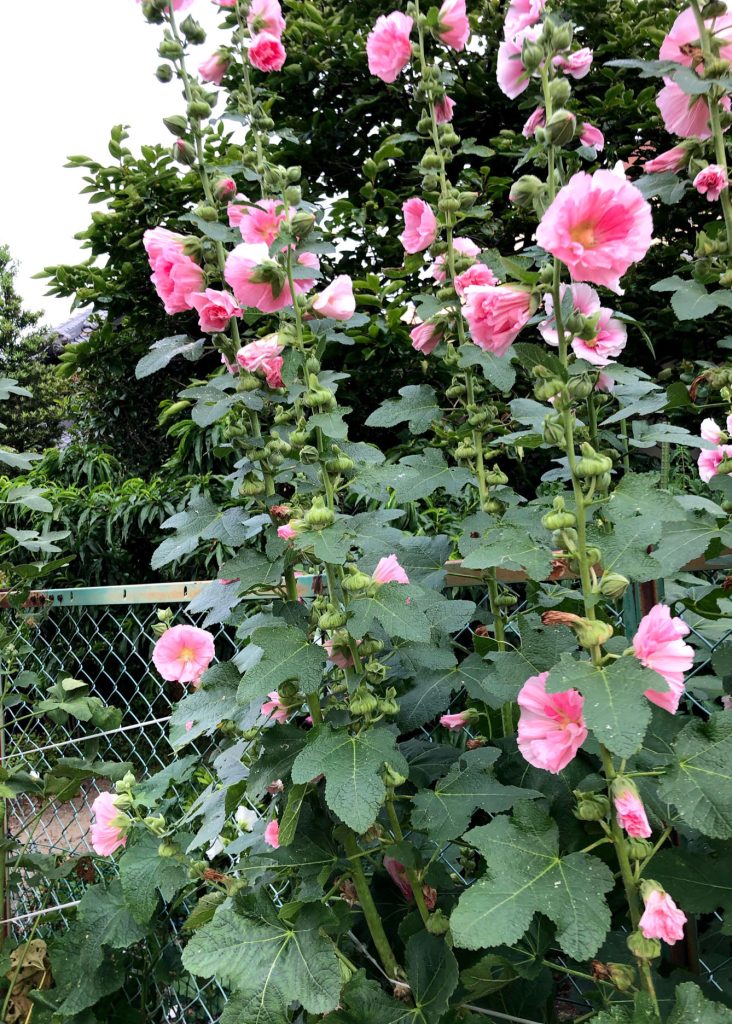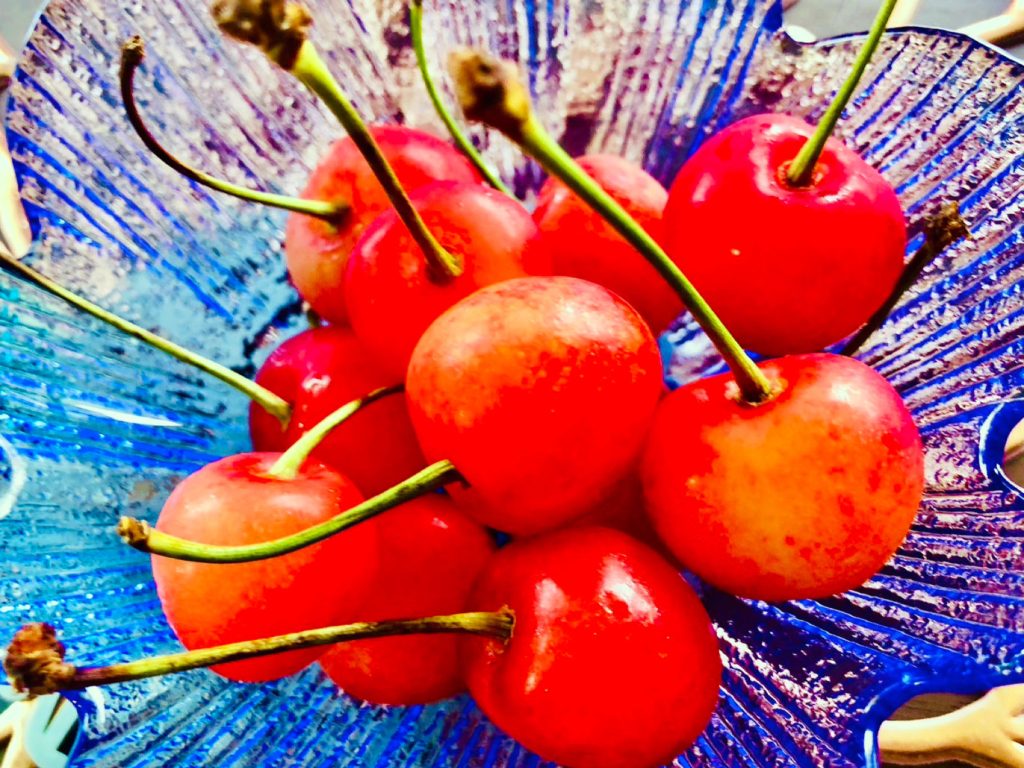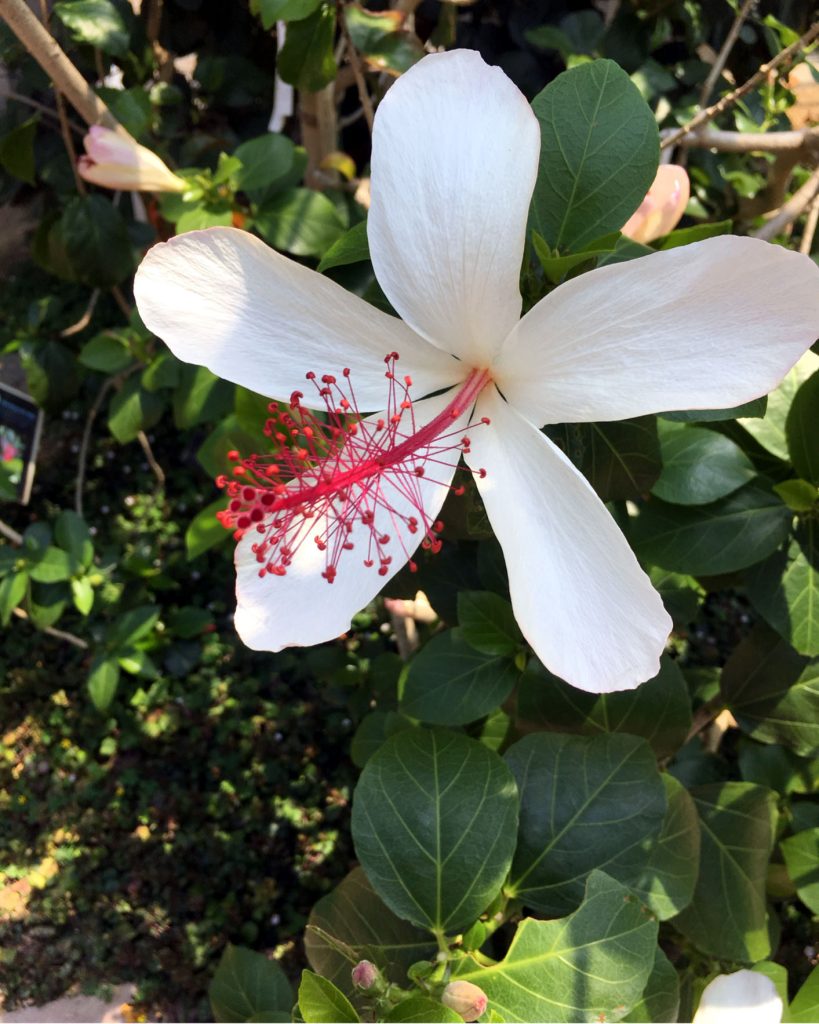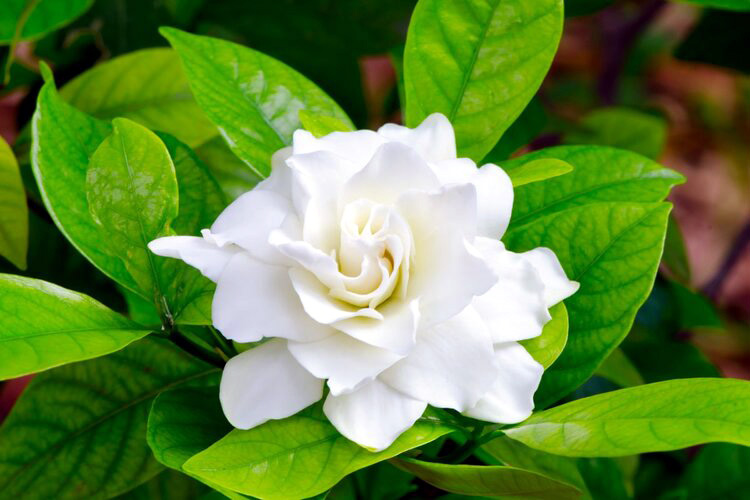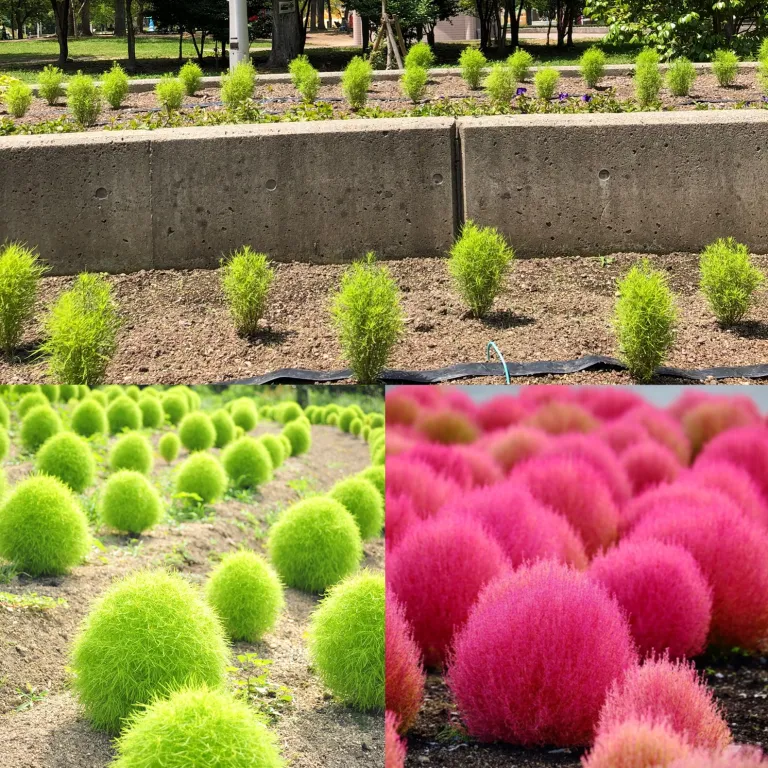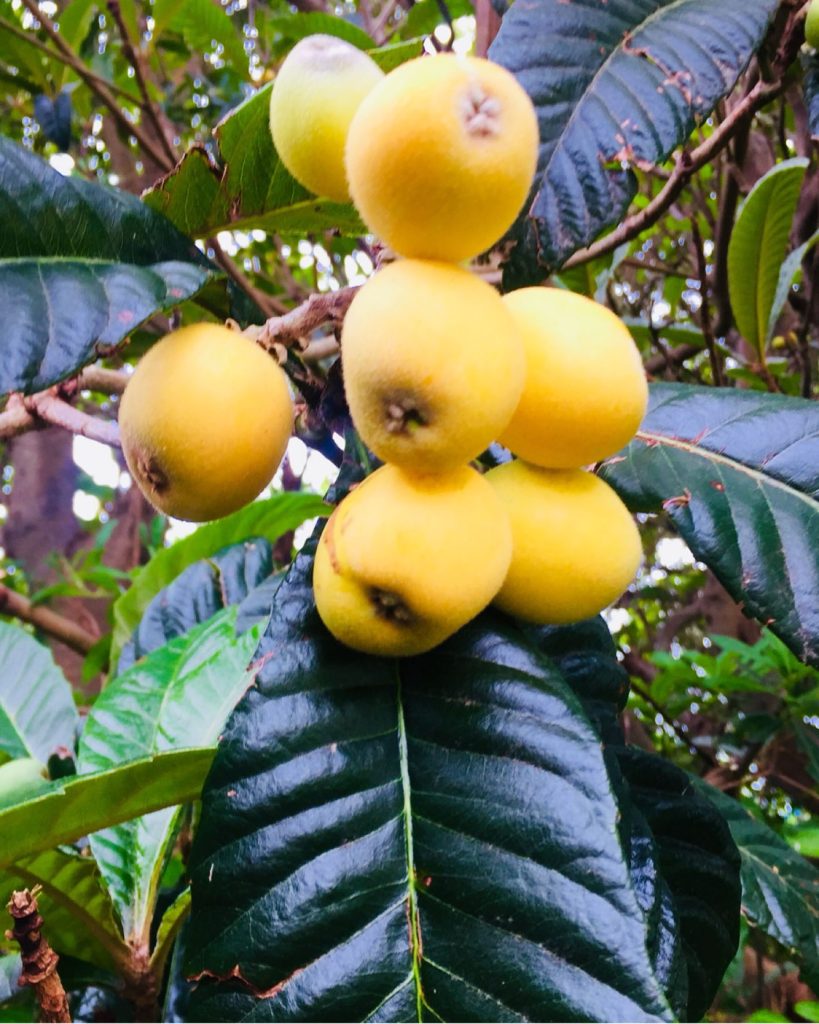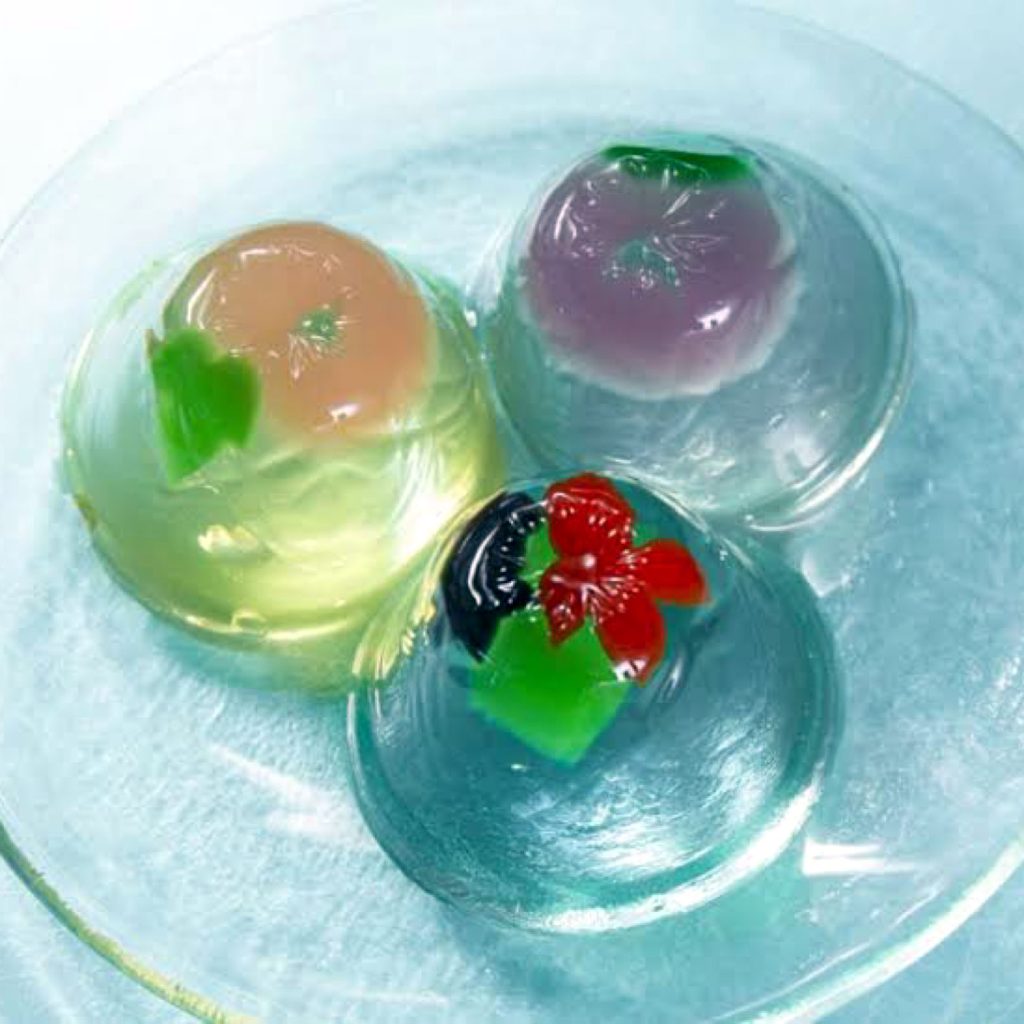
It is not limited to Kyoto confectionery. Famous sweets from all over Japan are not only delicious but also so beautiful that one might hesitate to eat them. In spring, there are sakura mochi, in summer, mizuyokan, in autumn, kuri manju, and in winter, uguisu mochi. The ability to feel the beauty of each season through their appearance and taste is one of the charms of Japanese sweets. Japanese sweets typically use plant-based ingredients such as rice, wheat, and beans, allowing for a gentle sweetness and refined flavor. The tradition of Japanese sweets dates back to the Manyo era, evolving into new “wagashi” under the influence of Chinese “karagashi”, and “namban-gashi” brought from Portugal and Spain. Ordinary citizens began to eat wagashi regularly from the Edo period, driven by an increase in sugar imports. Many wagashi, such as Kyoto’s representative “Kyogashi,” that are still popular today, originated in the Edo period. While carrying on the tradition of wagashi, new types have emerged to suit the times.
According to a recent survey, the top five most popular Japanese sweets are:
- Strawberry Daifuku
- Warabi Mochi
- Mitarashi Dango
- Taiyaki
- Dorayaki
It can be seen that both traditional and modern wagashi are favored. Incidentally, the popularity of wagashi has also spread overseas. The top five wagashi favored by foreigners are:
- Dorayaki
- Taiyaki
- Daifuku
- Anpan
- Senbei
It is said that the influence of anime has been the starting point, gradually increasing the popularity of wagashi. Many foreigners visiting Japan wish to try the above-mentioned wagashi. Unlike Western sweets made with dairy products and chocolate, wagashi, made with plant-based ingredients, are gaining popularity amidst a growing health-conscious trend.
京和菓子に限りません。日本各地にある銘菓は、味もさることながら、あまりにも美し過ぎて食べるのもたじろぐほどです。春は桜もち、夏は水ようかん、秋は栗まんじゅう、冬はうぐいすもちといったように、見た目や味わいなどで四季折々の美しさを感じられるのも、和菓子の魅力のひとつです。和菓子は、米や麦、豆類といった植物性の食材を使うのが特徴で、ふんわりやさしい甘みと上品な風味を楽しむことができます。和菓子の伝統は古く万葉の時代に遡りますが、中国の「唐菓子」、ポルトガル、スペインなどからもたらされた「南蛮菓子」などの影響を受けながら新しい「和菓子」へと発展していきます。一般市民が和菓子を日常的に食べられるようになったのは、江戸時代に入ってからで、砂糖の輸入量が増加したのをきっかけです。京都を代表する「京菓子」をはじめ、現代でも親しまれている和菓子の多くは江戸時代に生まれました。そうした和菓子の伝統を引き継ぎながら、時代時代に即応した和菓子も誕生しています。最近のアンケート調査によると、和菓子の人気ナンバー5は、
1.いちご大福 2.わらび餅 3.みたらし団子 4.たい焼き 5.どら焼き
です。伝統的な和菓子に並んで今風の和菓子が好まれていることが分かります。因みに、和菓子の人気は海外にも広がり、外国人の好む和菓子ナンバー5は、
1.どら焼き 2.たい焼き 3.大福 4.あんぱん 5.せんべい
です。アニメの影響が起点になっているそうで、そこから和菓子の人気が徐々に広がり、来日外国人の多くが上記の和菓子を所望するそうです。乳製品やチョコレートなどをベースにした洋菓子とは違って、植物性素材をベースにした和菓子が、健康志向が強まる中、人気を呼んでいるようです。

